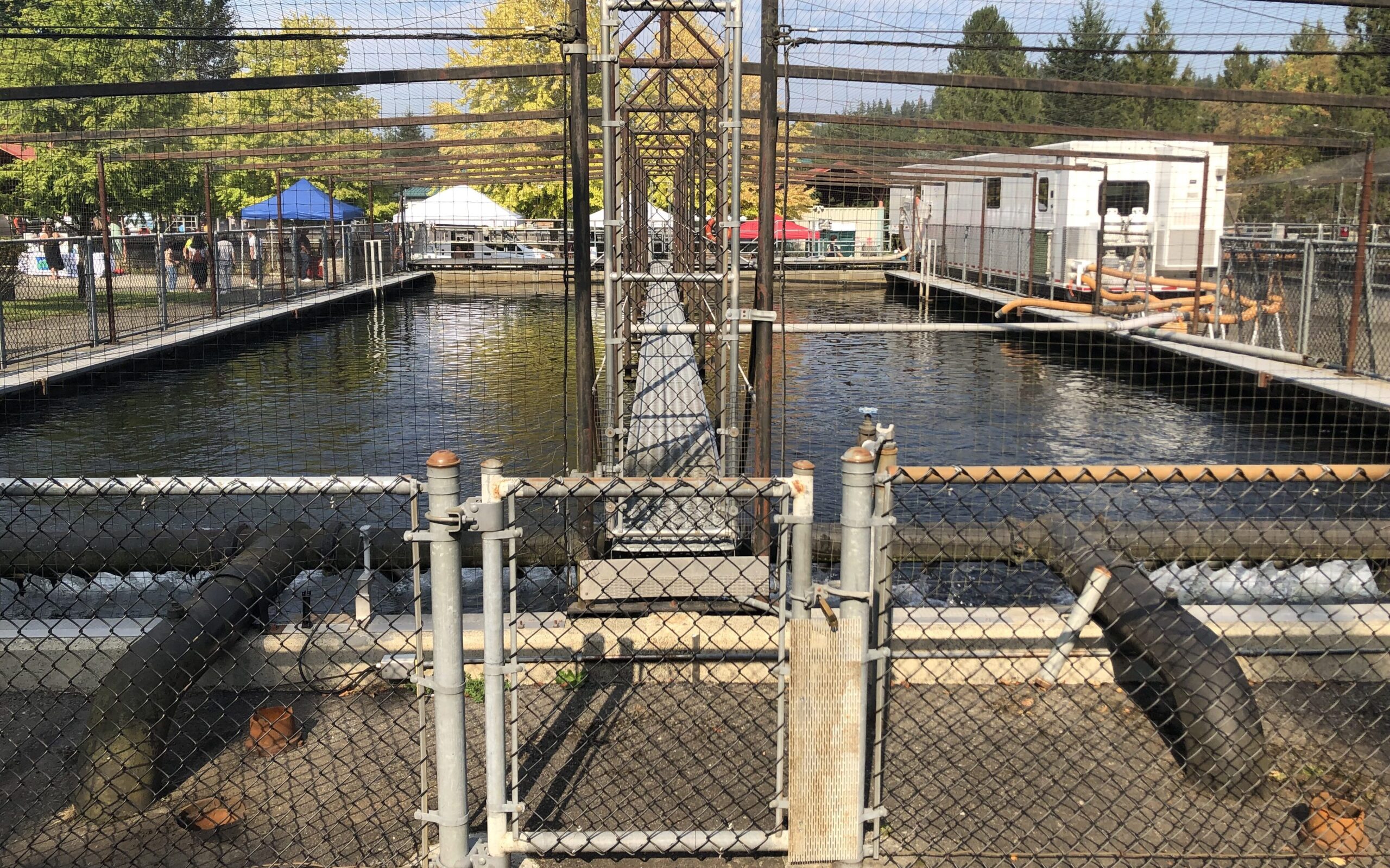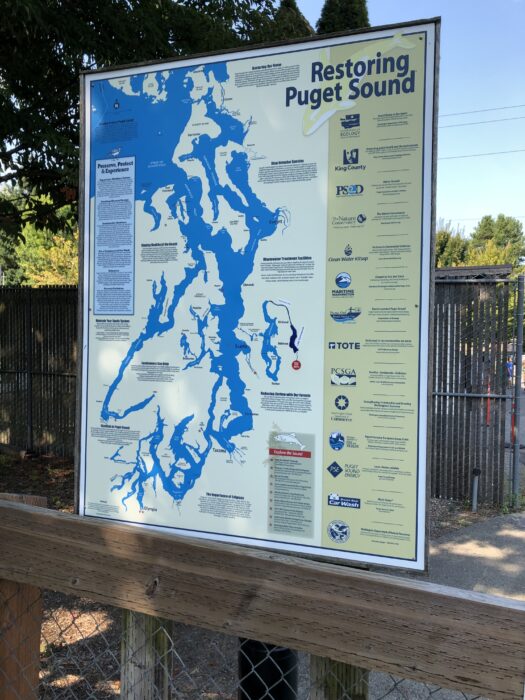10 Cool Facts You Didn’t Know About Salmon
By Ahmed Bukair

Did you know that you, reading this, are one of 138 species that prey on salmon? The list spans species from mammals like bears and otters, to birds, to reptiles. It even includes salmon’s own neighbors in the sea. With the insurgence of the human population, our growing consumption of salmon has impacted its reproduction and decreased in population. If we don’t act in time, we could trigger a complete extinction of salmon in many areas.
Salmon is a wonderous species, and one that has unique characteristics that enhances its survival capacity and its resilience. In the US state of Washington, for example, the months of September and October are a critical period when Chinook salmon come home to spawn.
- They remember their birthplace!
The United States Geographical Survey (USGS) states salmon like to reproduce within the same area that their parents reproduced. This means “they won’t waste time looking for a stream with good habitat and other salmon,” “because they ‘know’ it is a good place to spawn.”
- An extraordinary sense of smell.
Salmons are so accurate in their smell, that “they can smell chemicals down to one part per million,” according to the Pacific Salmon Foundation (PSF). This sense enables them to create a sense of direction when swimming through rivers. This brings us to our next fact.
- Anadromous creatures
According to the World Wildlife Fund, the little critters are anadromous, which means that they are able to survive in both freshwater and saltwater. They are born in fresh water in certain streams and as they grow, they migrate down the spectrum of freshwater and eventually meet saltwater.

- Salmon have good stamina.
The Pacific Salmon Foundation claims that salmon frequently swim approximately 50 kilometers daily during their early phase, and are able to swim up to 55 kilometers in their saltwater phase.
- They can jump!
Pacific Salmon Foundation: “Salmon can jump up to two metres to cross obstacles in rivers” – This means that they are able to jump over the average NBA player.
- Low successful birth rates
Unfortunately, out of the whopping 2,000 to 10,000 eggs that fish lay, only “one percent of these eggs survive to the next generation,” the PSF shares. That’s 20-80 survivors that get to see the light of day.
- They’re able to change color
Salmon get their color during their spawner stage after they return to freshwater, according to the Oasis Alaska Charter. Male salmon develop a hook-shaped jaw and some types of male salmon even develop a “hump” on their back.
- Keystone species
According to the WWF, salmon are considered a keystone species. This means that they play an incredibly important role in the environment around them. In a situation where a keystone species were to ever go extinct, the ecosystem would drastically change. Not only are their nutrients important as food, but after they die their decomposing bodies spread nutrients throughout land.
- Salmon often use all of their energy in their efforts for their eggs
According to the National Oceanic and Atmospheric Administration (NOAA), after salmon reach their intended destination, they often die due to a lack of energy after swimming upstream for up to thousands of miles.
- If lost, they change their mind
USGS states that if salmon are unable to locate the smell of their birthplace to reproduce, then they settle for another appropriate place, but some continue searching until they run out of energy and die.